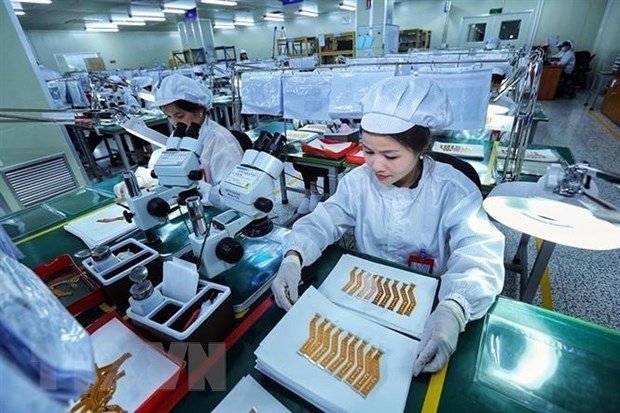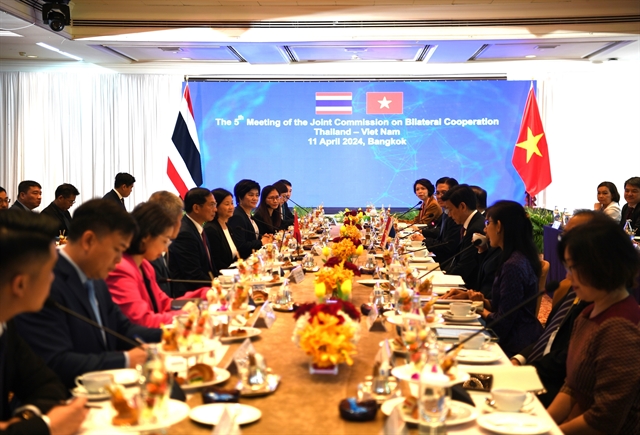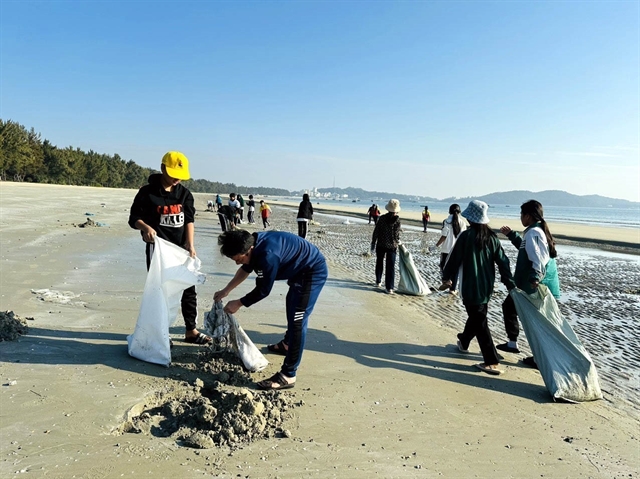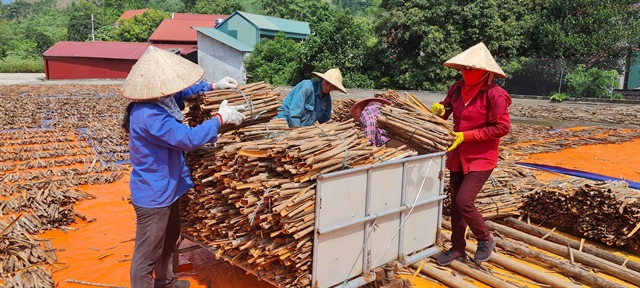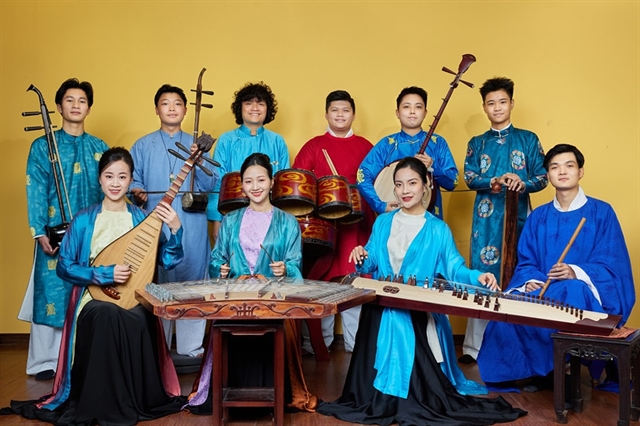 Life & Style
Life & Style

Former country expert of the World Bank Việt Nam and researcher Martin Rama has been appointed as Project Director of the Centre for Sustainable Urban Development at the Việt Nam Academy of Social Sciences and Humanities. He talks with Culture Vulture about the upcoming plan to preserve and promote the urban heritage of the city.
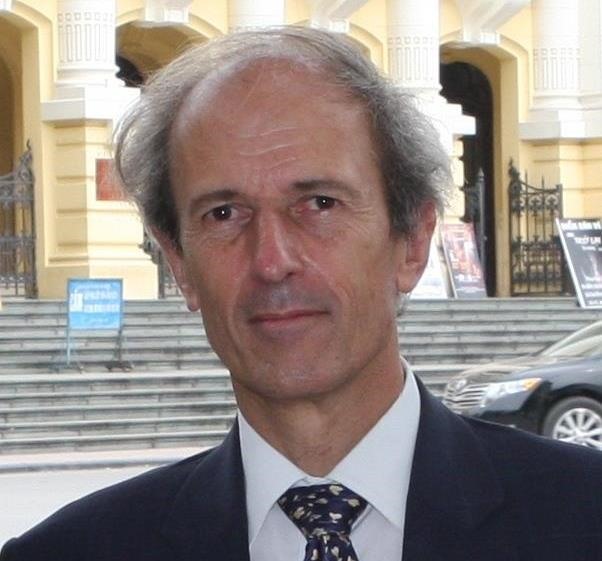 |
| Researcher Martin Rama. — VNS Photo Minh Thu |
Researcher Martin Rama has been appointed as Project Director of the Centre for Sustainable Urban Development at the Việt Nam Academy of Social Sciences and Humanities. From Uruguay, he is the former country expert of the World Bank Việt Nam. He soon developed a love for and strong attachment to the cultural heritage of Hà Nội. He received the Bùi Xuân Phái Love for Hà Nội Award in 2014 for his photo book titled Hà Nội - Promenade that includes images of the city during the time he lived and worked here. He talks with Culture Vulture about the upcoming plan to preserve and promote the urban heritage of the city.
Your recent appointment at the Centre for Sustainable Urban Development seems unrelated to your previous work at the World Bank. What do you think about the honour?
I am truly grateful to the researchers at the Việt Nam Academy of Social Sciences for trusting me. Focusing on economic development in general and focusing on “sustainable urban development” are not so different. The city is still the source of innovation and creation for me.
A city becomes even more important as a country become richer, and so does Hà Nội. I lived in the cityi from 2002 until 2010, an extraordinary period for Việt Nam’s economic and social development. Those years also gave me the opportunity to fully appreciate what a unique city Hà Nội is. Like many other foreigners, I had fallen for Hà Nội the first time I visited, but living there reinforced my enthusiasm.
The best cities attract entrepreneurs, researchers, communicators, financiers and artists.
“Sustainable cities” are cities that attract talent and support economic development.
Other ideas (“green cities” or “smart cities”) can be too narrow.
I regretted that Hanoians themselves seemed to miss what made their city so special, and what was worth preserving while modernizing its infrastructure and housing. I’m here to contribute ideas to provide optimal solutions to harmonise the economy’s rapid development with the city’s heritage preservation
What about Hà Nội attracts you and makes you want to do this project?
Hà Nội is very special. It combines many architectural styles. Even French villas in the Old Quarter bear Vietnamese style and culture, not really absolute French architecture.
Hà Nội is also special from a social point of view. Indoor space is very limited, so life happens on sidewalks. Paris has lively cafes, Hà Nội has lively sidewalks. A vast majority of foreigners love Hà Nội.
Hanoians love Hà Nội too. But they don’t know what makes the city special and how to preserve its architectural heritage. Careless modernisation could destroy what makes Hà Nội special.
Decisions on the type of urban development can be irreversible. Many Asian cities grew rapidly but lost their character.
The project wants to preserve the architectural value and the social character of Hà Nội. I want to do this project because it is meaningful to me as a person.
How will you implement the project?
Hà Nội cannot be a museum. The UNESCO heritage model is good for a city like Hội An in the central province of Quảng Nam, not for a big capital city.
A successful model to preserve Hà Nội needs to be profitable.
“Externality” is an important concept in economics. It means that something one person does affects others.
One person can make money by demolishing a French villa, but others lose.
To avoid externalities it is important to think on the scale of a block. What follow is a description of the ideal block.
French villas are renovated. Beautiful space for good shops is created around these villas.
A KTT (abbreviation for Khu Tập Thể or Collective Living Quarter) is transformed into nice modern apartments, but still looks like a KTT. I mean the classic appearance of a KTT is preserved from outside but flats inside are widened and renovated in modern, well-equipped style.
The block has underground parking. Street lights and billboards are nice, like in Paris. The market value of the properties in this block would be very high.
You have shared that the project will prove to the city leadership that preserving an ancient, rich and cultural Hà Nội can be achieved by maintaining and promoting architecture. And ancient buildings are the most profitable and sustainable investment for the city. Can you tell us more about this?
In Việt Nam, “pilots” have been used to support economic reforms. Pilots allow us to test a different approach, and see if it works. Successful pilots help people change the way they think. Today, many Hanoians think that there is no need to preserve the past.
They do not realise that there could be a better way to develop the city.
The project will prepare the studies for a successful pilot. The idea is to take these studies to the urban authorities.
I also emphasise that I give priority to resettle on the spot for local residents. Because each Hà Nội citizen is a cultural entity with major importance. They are keepers of Hà Nội’s culture and tradition. We can’t preserve the city’s heritage without them. — VNS

